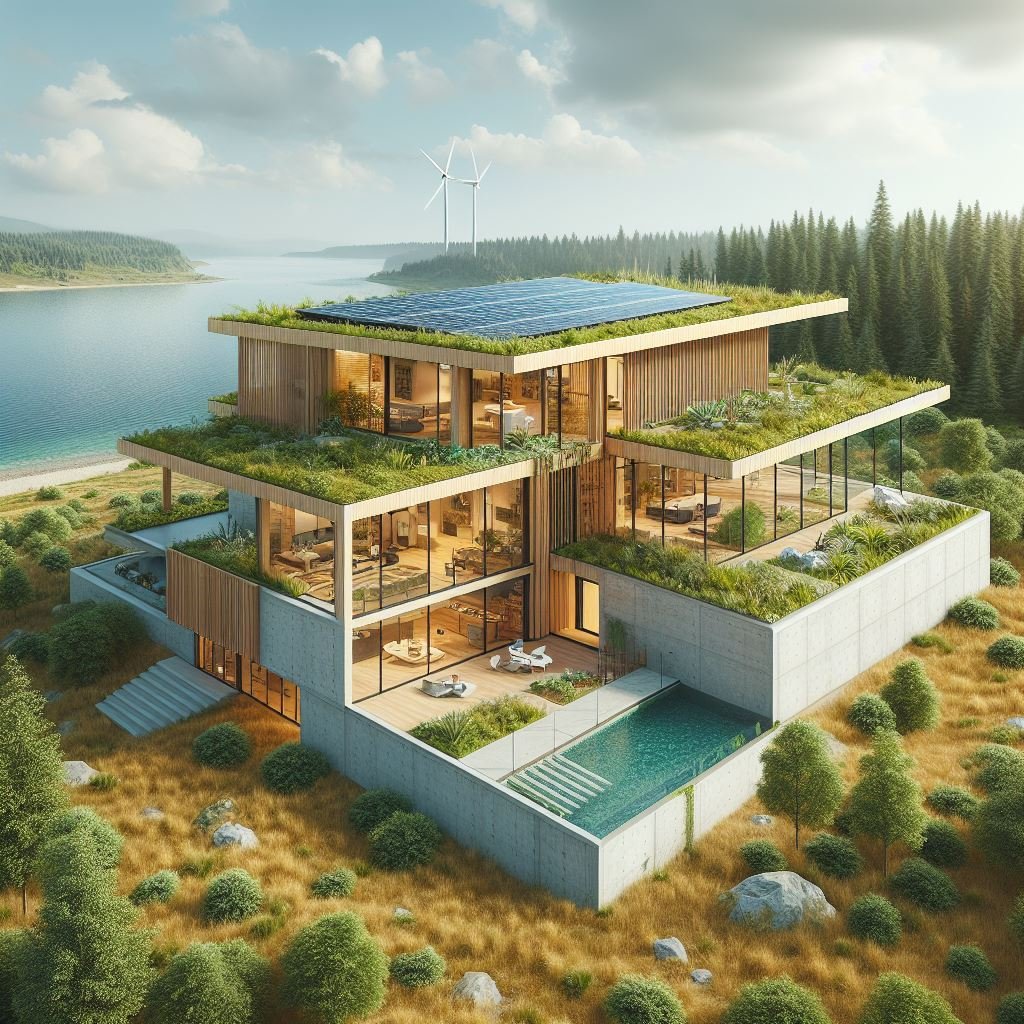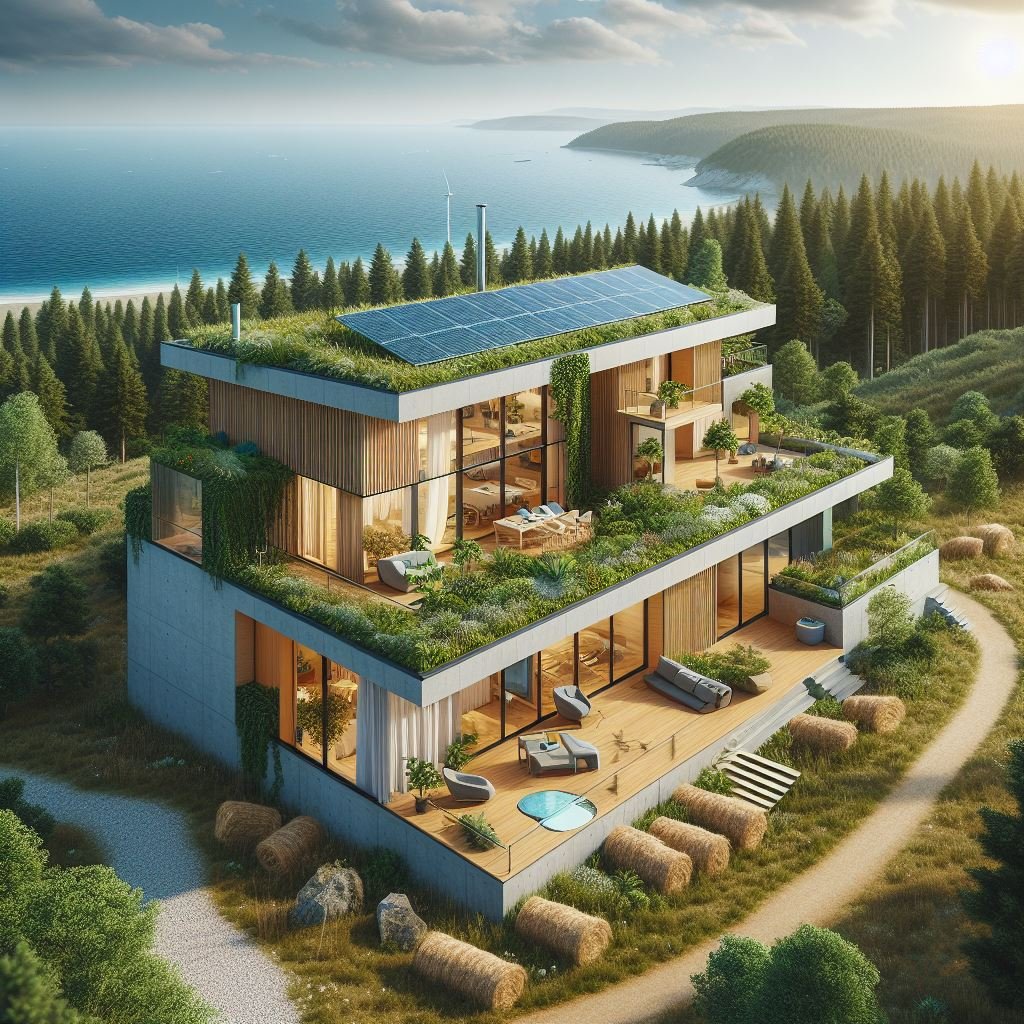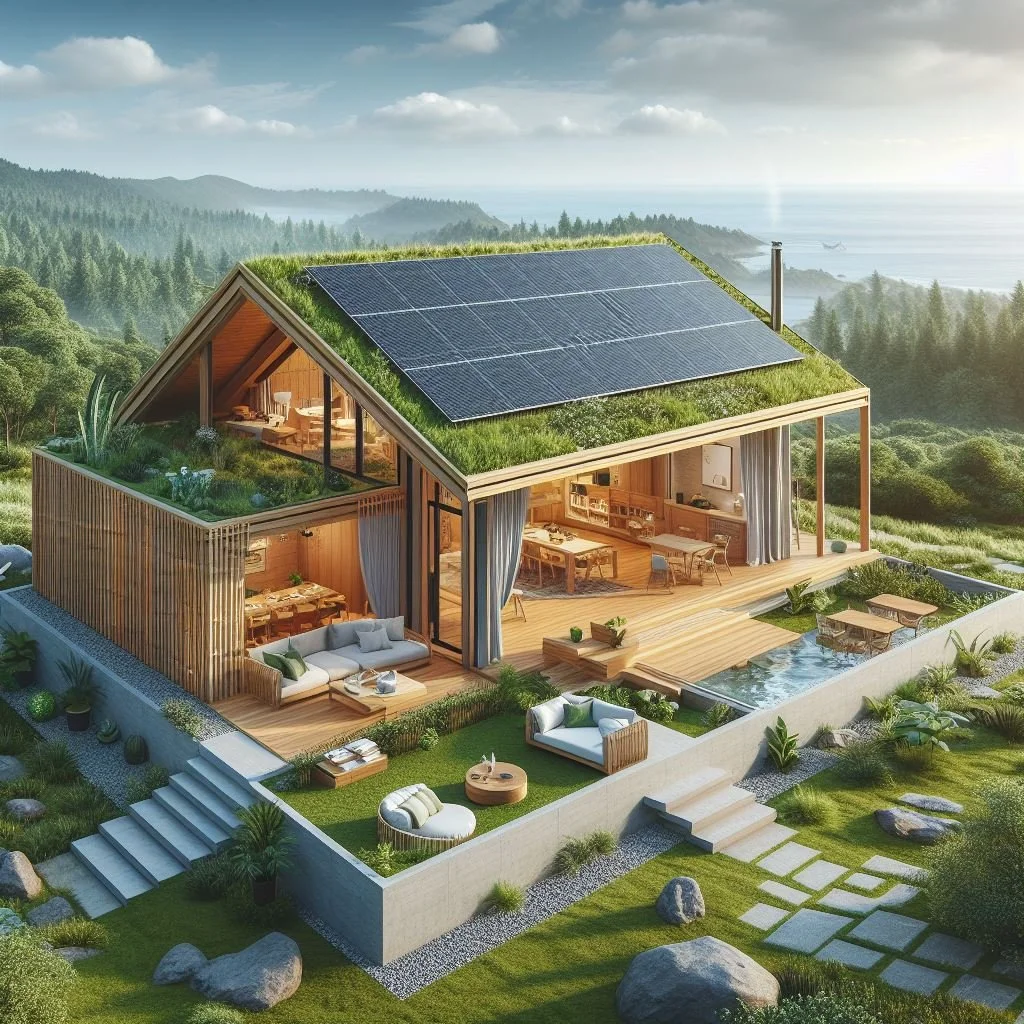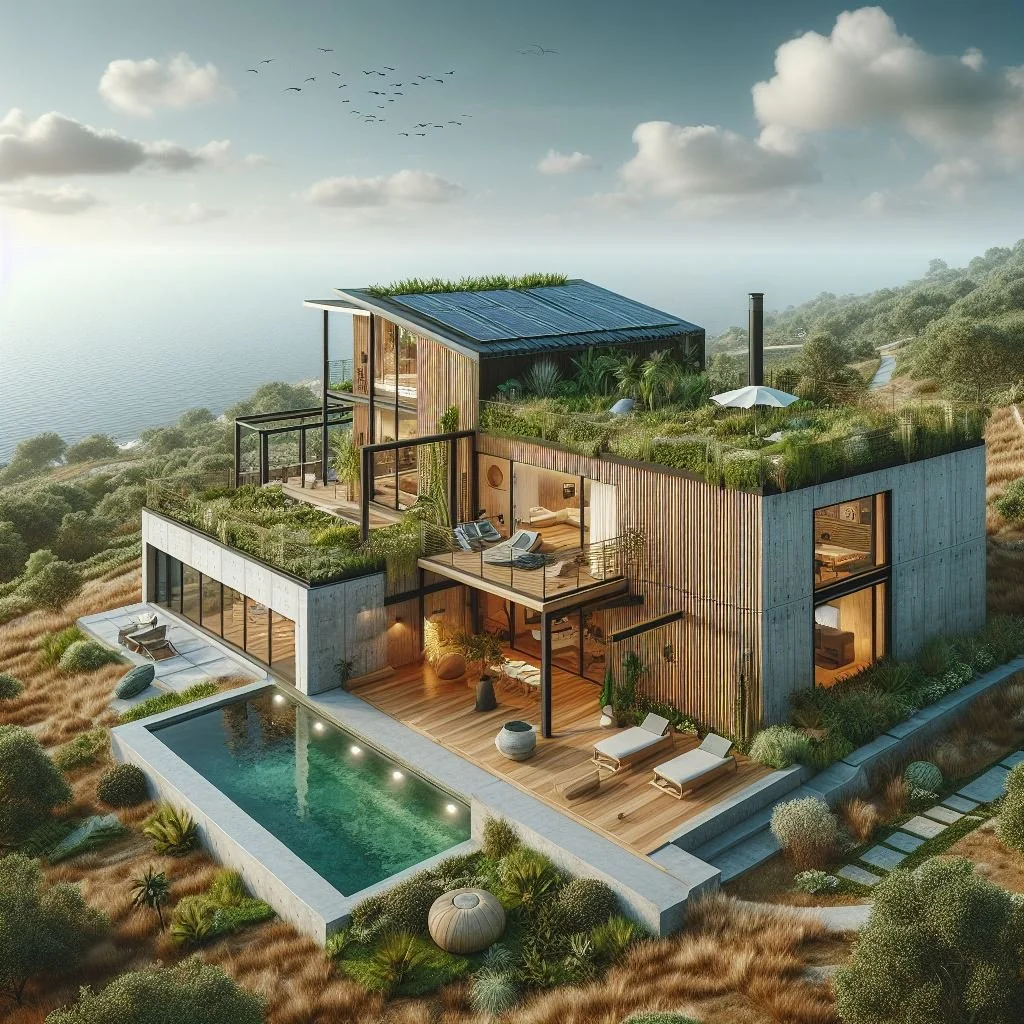Sustainable Architecture: Building for a Greener Future
Explore the world of sustainable architecture and discover how innovative design and eco-friendly practices are shaping the future of building. From green roofs to energy-efficient materials, this article is your guide to creating a more sustainable and environmentally conscious living.
Welcome to the realm of sustainable architecture, where the convergence of design and environmental consciousness is transforming the way we build and inhabit spaces. In this exploration, we'll delve into the principles, innovations, and practices that define sustainable architecture, offering insights into a future where structures coexist harmoniously with the planet.
Defining Sustainable Architecture
Sustainable architecture is a design philosophy centered on minimizing environmental impact and promoting long-term ecological balance. At its core, this approach prioritizes energy efficiency, emphasizing the reduction of energy consumption and the incorporation of renewable energy sources. Sustainable architects also focus on the selection of eco-friendly materials, favoring those with low environmental impact and high durability. Additionally, the design process often involves optimizing natural light and ventilation to reduce the reliance on artificial heating and cooling systems. Water conservation strategies, such as rainwater harvesting and efficient irrigation, further contribute to sustainability goals. By integrating these core principles, sustainable architecture aims to create buildings that not only meet the present needs of inhabitants but also contribute positively to the environment, fostering a harmonious relationship between human habitation and the ecosystems in which these structures exist.
The Green Evolution: Key Features of Sustainable Buildings
Delve into the distinctive features that set sustainable buildings apart, showcasing architects' commitment to harmonizing human structures with the natural environment. One notable aspect is the integration of green roofs, not only providing insulation but also promoting biodiversity and mitigating urban heat island effects. Architects employ advanced insulation techniques, utilizing materials that enhance energy efficiency and reduce the need for excessive heating or cooling. Nature-inspired elements, such as strategic placement of windows for optimal daylight utilization and cross-ventilation, contribute to minimizing reliance on artificial lighting and ventilation. Water conservation is addressed through innovative methods like graywater recycling and efficient plumbing systems. These sustainable features collectively embody a design ethos that goes beyond functionality, emphasizing a symbiotic relationship between built environments and the ecosystems they inhabit, fostering a more ecologically conscious and resilient architectural landscape.
Energy Efficiency: Powering the Future
Immerse yourself in the realm of energy-efficient design within sustainable architecture, where innovative strategies harness solar, wind, and other renewable energy sources to power buildings. Solar panels, strategically integrated into the design, capture sunlight and convert it into electricity, reducing reliance on non-renewable energy grids. Wind turbines, when feasible, contribute to the generation of clean energy, further minimizing the carbon footprint of a structure. Sustainable architects prioritize passive solar design, optimizing building orientation and incorporating features like shading to maximize natural heat gain or cooling. These practices collectively emphasize reducing energy consumption and fostering self-sufficiency through renewable resources, illustrating a commitment to a greener future. By tapping into the power of nature, sustainable architecture not only minimizes environmental impact but also paves the way for buildings to operate efficiently while lessening their reliance on conventional energy sources.
Materials Matter: Eco-Friendly Building Components
Delve into the world of sustainable architecture and the conscientious selection of eco-friendly materials that define its environmentally conscious ethos. Architects embrace innovative choices to minimize the ecological impact of construction, opting for materials like recycled steel that reduce the demand for raw resources and energy-intensive production. In this vein, opting for steel I beam can often be a sustainable choice, as they are very durable and often sourced from recycled materials. They can serve for a significant length of time in a structure before needing to be replaced, reducing the overall material requirements over time.Bamboo, with its rapid growth and renewability, has become a popular choice for its versatility and sustainable harvesting practices. Recycled glass finds its place in energy-efficient windows, while reclaimed wood adds character and reduces the need for fresh timber harvesting. Additionally, concrete alternatives, such as fly ash or hempcrete, offer lower carbon footprints. The incorporation of these eco-friendly materials not only aligns with sustainable architecture's commitment to environmental stewardship but also fosters a shift towards a more sustainable construction industry that prioritizes both innovation and ecological responsibility.
Sustainable Architecture Across the Globe
Embark on a global tour of sustainable architectural marvels, where regions around the world are embracing innovative design principles to address environmental challenges and foster resilient communities. In Europe, cities like Copenhagen showcase sustainable urban planning with initiatives like bicycle-friendly infrastructure and energy-efficient buildings, epitomized by the remarkable Gemini Residence. Moving to Singapore, the city-state is transforming its skyline with the Punggol Waterway Terraces, exemplifying sustainable living through green roofs, rainwater harvesting, and energy-efficient systems. In North America, the Bullitt Center in Seattle stands as a beacon of sustainable design, featuring net-zero energy consumption and a strong commitment to environmental stewardship. Meanwhile, Africa's Kitale Library in Kenya incorporates vernacular architecture and sustainable practices to address both community and environmental needs. This global journey highlights how diverse regions are leveraging sustainable architecture to create inspiring and resilient spaces that harmonize with their unique environments.
Conclusion
As we conclude our journey through the landscape of sustainable architecture, it becomes clear that this approach is not just a trend but a necessity for a greener and more sustainable future. By embracing eco-friendly materials, energy-efficient technologies, and innovative design principles, we can build structures that harmonize with nature rather than exploit it. Sustainable architecture is not merely a concept; it's a commitment to responsible, conscientious, and forward-thinking building practices that benefit both present and future generations. Join the movement toward a greener future, one sustainable structure at a time.
Frequently Asked Questions
Q1: How does sustainable architecture impact energy consumption?
A1: Sustainable architecture aims to minimize energy consumption through design strategies like passive heating, natural ventilation, and integration of renewable energy sources.
Q2: Are sustainable buildings more expensive to construct?
A2: While initial costs may be slightly higher, the long-term savings on energy bills and the positive environmental impact often outweigh the upfront expenses.
Q3: What role do green roofs play in sustainable architecture?
A3: Green roofs provide insulation, absorb rainwater, and enhance biodiversity, contributing to the overall sustainability of a building.
Q4: Can existing structures be retrofitted for sustainability?
A4: Yes, existing structures can undergo retrofitting to incorporate sustainable features, such as energy-efficient systems and recycled materials.
Q5: How does sustainable architecture contribute to climate resilience?
A5: Sustainable architecture promotes resilience by designing structures that can withstand and adapt to changing climate conditions, reducing vulnerability.

































